How does it work
Technology
Bioactive polysaccharides
The unique bioactive polysaccharides from natural origin are developed in a collaboration with the departments of Molecular Cell Biology and the Free University of Amsterdam.
The bioactive polysaccharides help maintain the balance of microflora and can provide a solution to keep the udder healthy.
The two modes of action are physiological. The unique bioactive polysaccharides prevent the attachment of microbes to tissue by forming a physical block against the attachment of harmful microbes to tissue (anti-adhesion) and temporarily retaining harmful microbes in one place (clustering), preventing them from multiplying.
Dual mode of action
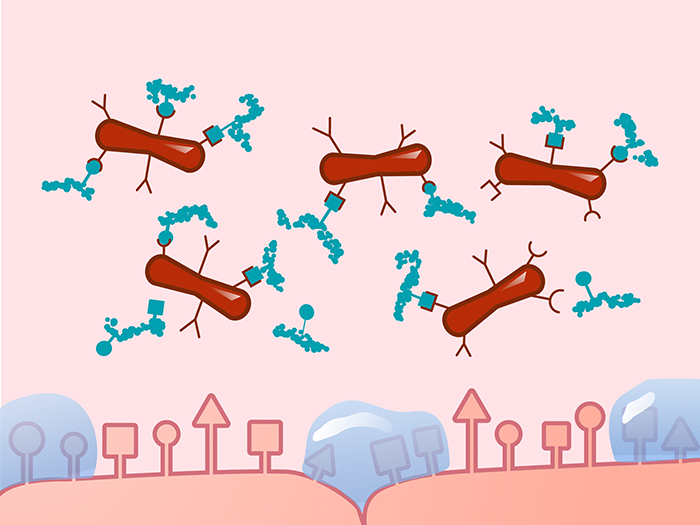
Anti-adhesion

Clustering
Neutralizes harmful microbes through its clustering action
Anti-adhesion activity on various substrates in vitro
The microscopic pictures “Without polysaccharides” clearly show the colonization of the cells with bacteria. “With polysaccharides” presents pictures during incubation and shows almost no bacteria are bound to the tissue. This clearly indicates that bioactive polysaccharides are very effective in preventing colonization bacteria. About 80-90% reduction in microbial adhesion to poly-L-lysine and gelatin. About 60% reduction in binding to epithelial cells.
C. ALBICANS + POLY-L-LYSINE
Without polysaccharides
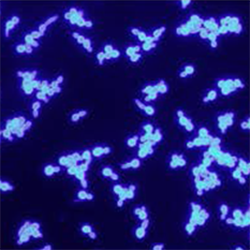

With polysaccharides
C. ALBICANS + GELATIN
Without polysaccharides


With polysaccharides
C. ALBICANS + EPITHELIALCELLS
Without polysaccharides
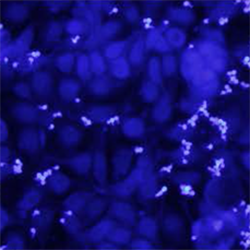
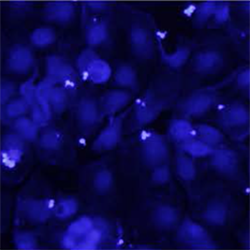
With polysaccharides
S. AUREUS + GELATIN
Without polysaccharides
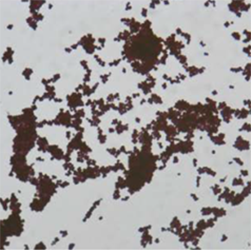
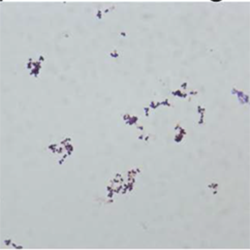
With polysaccharides

This research was conducted with VU Amsterdam
Clustering effect
The microscopic picture “Without polysaccharides” clearly show the cells with many scattered bacteria. The two pictures “With polysaccharides” shows images where the bacteria are rapidly grouped together in clusters. This indicates that bioactive polysaccharides are very effective in causing the bacteria to cluster. The positive outcome is that the body can efficiently clean up the clustered bacteria.
Without polysaccharides

10 seconds after adding polysaccharides
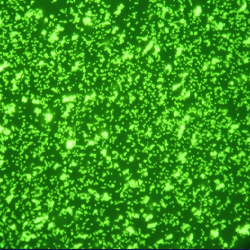
1 minute after adding polysaccharides

s. typhimurium
Without polysaccharides

s. typhimurium
With polysaccharides

s. aureus
Without polysaccharides

S. AUREUS
With polysaccharides
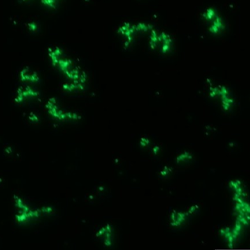

This research was conducted with Hogeschool Utrecht
Clinically proven effective against the following bacteria
Escherichia coli
Staphylococcus aureus
Klebsiella pneumonia
Streptococcus agalactiae
Streptococcus uberis
Streptococcus dysgalactiae
Pseudomonas aeruginosa
Enterobacter cloacae
Microbiota health
What happens when the microbiota are disturbed?
Imbalanced microbiota (dysbiosis) can lead to pathogen overgrowth and inflammation. Microbial adhesion is the first step in the process of infection.
Phase 1

Phase 2

Phase 3
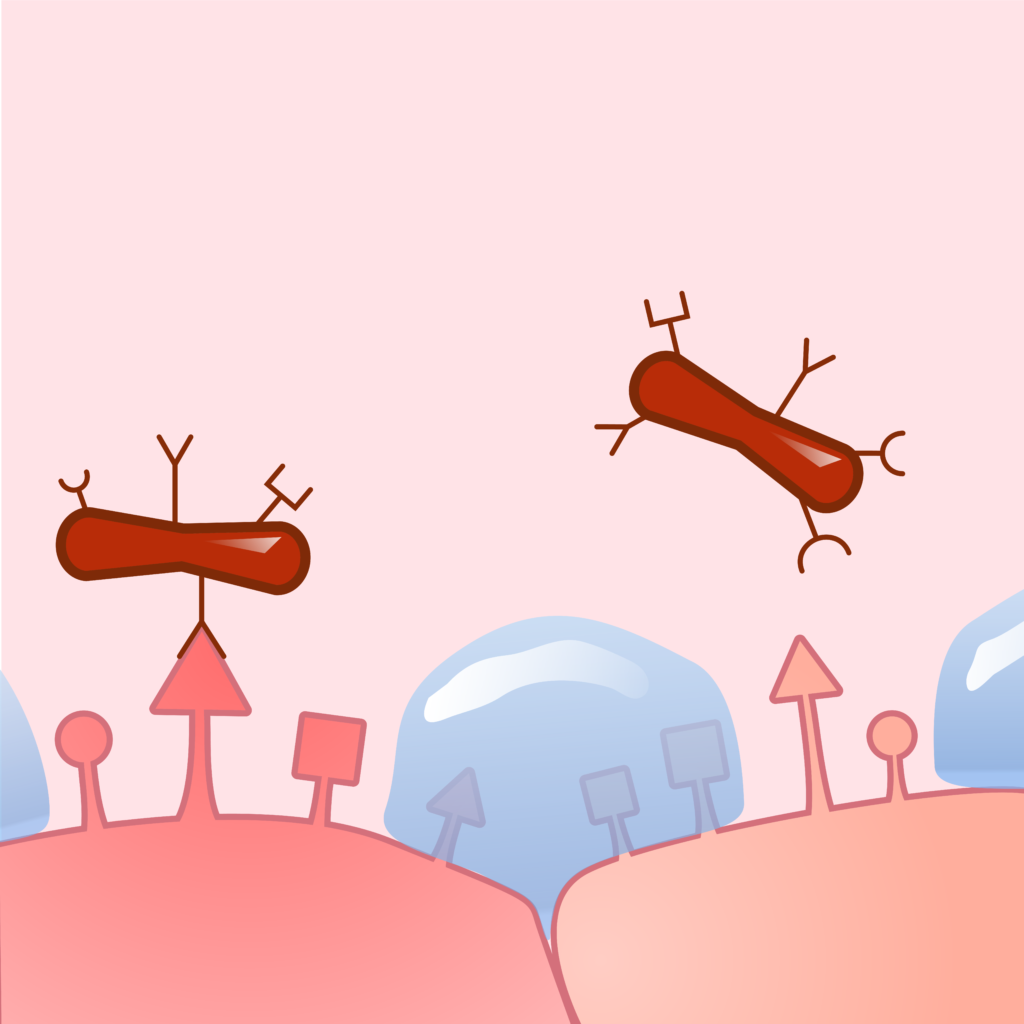
Phase 4

A healthy microbiota is crucial for the immune system and host defenses
The beneficial microbiota are part of our primary defense system and perform several crucial functions
Prevent colonization by pathogens by competitive exclusion of available niches (colonization resistance)
Directly antagonize pathogenic bacteria (bacteriocins)
Stimulate development of the immune system and tissues (immuno-modulation)
Promotes and supports mucosal structure and function